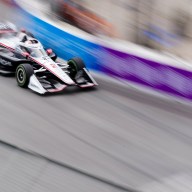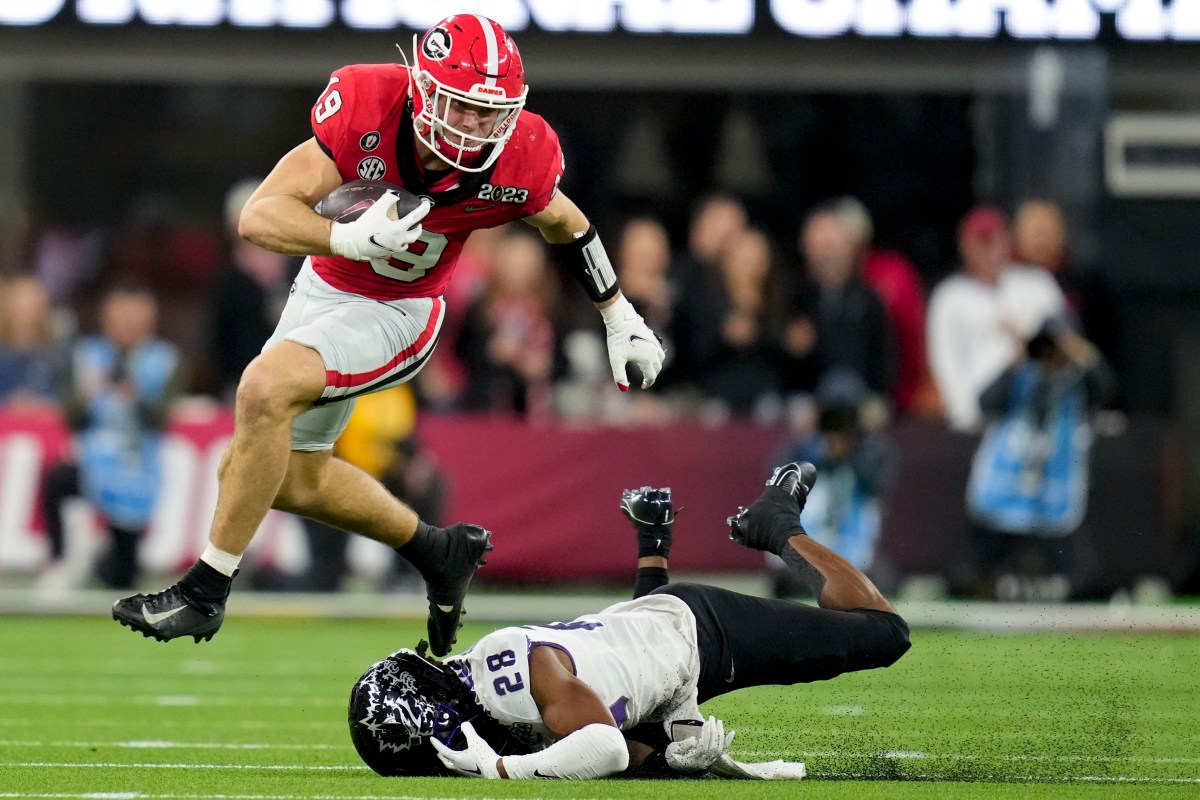Last week, we helped you decode the naming system for Audi, BMW and Infiniti, so here we go with this week’s Car Badge Confusion, looking at Lexus, Mercedes-Benz and Volvo.
Lexus
Lexus tries to stick with the same scheme that Infiniti and Mercedes-Benz use, but with recent model introductions, things are a tad more confusing. All sedan models end with ‘S’, all coupe models end with ‘C’ and all off-road vehicles end with ‘X’. Relatively easy.
For Lexus, the ‘L’ is the flagship model, so that means the LS is the largest and most expensive car, while the LX is the largest and most expensive off-roader/SUV. The G comes next, meaning GS (sedan) and GX (SUV). Then it gets a little funky. There’s ES (sedan) and RX (SUV), which are about equal, then finally the IS as the entry-level sedan.
The numbers that follow the letters denote engine displacement, so the ES 350 has a 3.5-litre V6, while the LS 460 uses a 4.6-litre V8.
Mercedes-Benz
The company’s lineup gets more confusing each year as models are introduced. Mainstream sedans mimic Infiniti’s, meaning B-, C-, E- and S-Class appear in order of size. Coupes and sports cars are the reverse: CL (essentially an S-Class coupe) is larger than SL (large roadster), CLK (an E-Class coupe) is larger than SLK (small roadster). And although Mercedes-Benz calls the four-door CLS a coupe, it is just a prettier E-Class.
Off-road vehicles follow no particular order, and are arranged like this: GLK-Class, G-Class and GL-Class range from small to large, while ML-Class is medium. The R-Class is a big, wide wagon. There’s neither rhyme nor reason here, so don’t expect it to make sense…
The numbers that follow are usually accurate when it comes to engine displacement: E350 is an E-Class with a 3.5-litre V6, while a B200T features a 2.0-litre turbocharged motor.
Some notable exceptions include the Canadian-only C230, which actually has a 2.5-litre V6, and the 3.0-litre turbo-diesel engine option found in the E-, ML- and GL-, which is instead labelled a ‘320 BluTEC’. Also, the S600, SL600 and CL600 all use a twin-turbocharged 5.5-litre V12.
Mercedes-Benz’ most high-performance models are called AMG. Finally, any non-SUV that features all-wheel drive gets a ‘4MATIC’ badge.
Volvo
The Swedish carmaker’s naming system is designed to tell you about its size and body style. Coupes start with ‘C’, sedans start with ‘S’, wagons start with ‘V’ while crossovers start with ‘XC’.
The numbers that follow are only relative to size, therefore an S40 is smaller than an S60, which is smaller than an S80.
The numbers that follow after the names relate to engine size, like Audi. A Volvo with a ‘2.5’ badge would be equipped with a 2.5-litre five-cylinder engine, while a ‘2.5T’ would be the same engine with a turbocharger.
All-wheel-drive models get simple ‘AWD’ badges.















